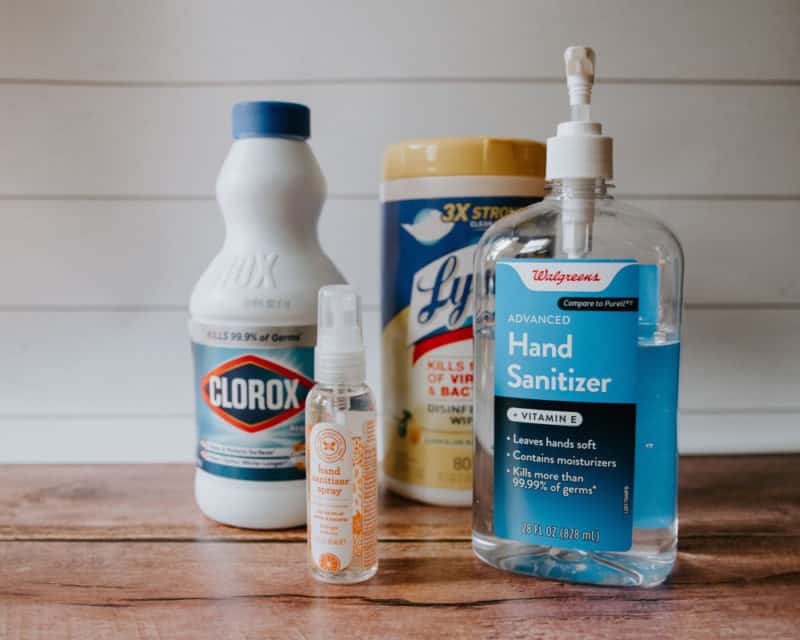Children’s most common disabling injuries arise from traffic accidents, drowning, suffocation, poisoning, falls, and burns. According to the Center for Disease Control (CDC), injuries lead to the hospitalization of an estimated 9.21 million children in the U.S. every year.

It only takes a momentary lapse in concentration for a child to accidentally fall or ingest poisonous substances. Preventative measures go a long way towards curtailing disabling injuries in toddlers and teens. Parents need to train their children on safety measures. They also need to create a safe home environment for their children.
The Leading Causes of Disabling Injuries in Children
Traffic Accidents
A joint report by the United Nations Children’s Fund (UNICEF) and the World Health Organization (WHO) indicates that traffic crashes kill 260,000 children every year and leave 10 million others injured. The report also states that traffic accidents are the leading cause of disabling injuries among children.
Failure to use the correct child’s car seat and restraints can cause a disabling injury to a child in the event of a motor vehicle accident. Apart from motor vehicle crashes, children are at risk of suffering injuries from their bikes.
Suffocation

The National Center for Injury Prevention and Control (NCIPC) found that 66% of all serious injuries and deaths in infants occur due to suffocation. Many infants lose their lives every year as a result of sleeping in the wrong positions. A 17-year analysis of infant deaths caused by suffocation found many kids suffocate after getting wedged between the bed frames or wall and the sleeping mattresses.
Unsafe sleeping positions are responsible for countless suffocation deaths in children. Adopting safe sleeping practices may help prevent many suffocation-related infant deaths.
Falls
Every year in the U.S., an estimated 2.8 million children get treated for non-fatal falls. Falls often lead to broken bones, teeth, and other severe injuries in children. The most common causes of fall injuries in children are playgrounds, windows, baby cots, baby walkers, slippery bathtubs, stairs, and cluttered walkways.
Parents have the right to file a personal injury claim on the child’s behalf, especially if the fall incident happened due to someone else’s negligence. The parent (or parent’s attorney) can negotiate a settlement with the at-fault party or at-fault party’s insurer on the child’s behalf. Some states require the parent to obtain court approval before settling the child’s claim.
Drowning

The UNICEF/WHO study found that drowning causes the death of over 175,000 children per year. According to the study, nearly 3 million kids experience a drowning incident every year. Because of brain damage that a drowning incident may cause, non-fatal drowning has the highest risk of causing long-term health and economic effects to the survivors than any other injury.
Many swimming pools don’t have fences and self-closing gates for protecting the young ones. Children, especially those below the age of three years, are at risk of drowning in pools, bathtubs, and natural water bodies like ponds and lakes. Lack of supervision as these kids play in swimming pools or near water bodies is a real injury threat.
Burns and Fires
About 96,000 children die, and thousands of others suffer severe injuries due to fire-related burns. Keeping matches and any other flammable materials away from children can help minimize incidents of fire. Installing smoke alarms and detectors can also go a long way in preventing fires. Parents should train their kids on how to react and respond to smoke alarms.
Poisoning

Poisoning poses a grave danger to young children, especially toddlers. Kids will unknowingly ingest poisonous substances in and around the home. These harmful substances may be as mild as shampoos or as deadly as pesticides. Labelling any toxic substances and keeping them out of children’s reach can help prevent poisoning. Learning poisoning first-aid measures can also minimize the risk of catastrophic injuries and fatalities in the event of unintended poisoning.
